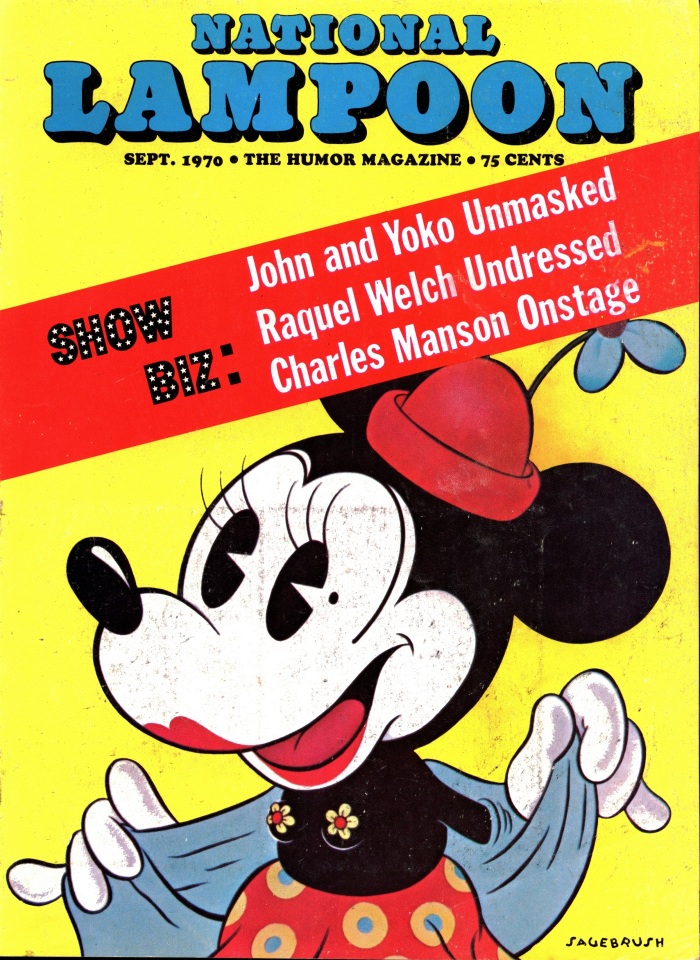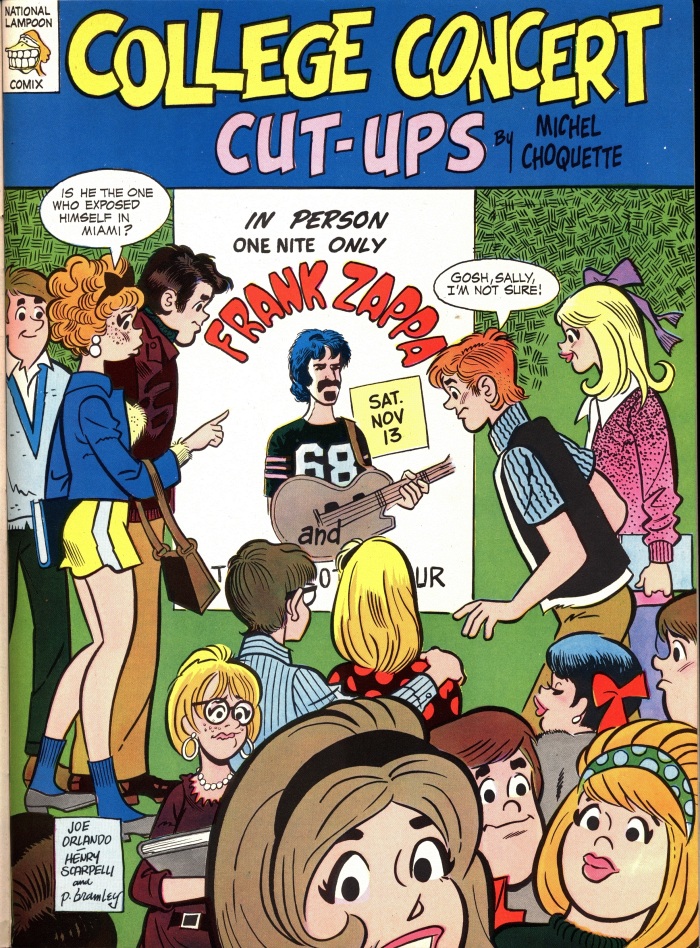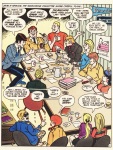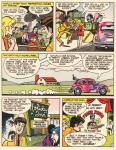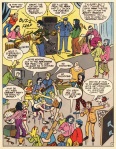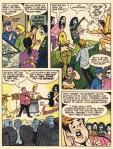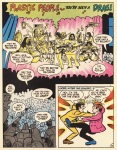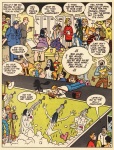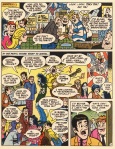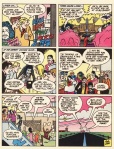James Higgins / September 26, 2022
In the summer of 1970, the launch of the humor magazine National Lampoon was not going well. In his memoir of his time as publisher of the Lampoon, Matty Simmons observed that the first six months of the magazine’s existence were troubled ones: “By the fifth issue, the magazine was floundering. It was funny but haphazard. Circulation, after a first issue [i.e., March 1970] sale of 225,000, was now lingering around the 175,000 mark. Advertising was minimal. But some interesting things were happening.” (To put these numbers in perspective, Esquire‘s monthly circulation rate in summer 1970 was nearly 1.2 million.)
Those interesting things included increasing orders from college bookstores, a signal that the magazine was gaining popularity with young people. Dissatisfied with what he felt was artwork that failed to make the magazine stand out on newsstands, Simmons took charge of the cover for the September 1970 issue, commissioning Sagebrush Studios to create a garish red-and-yellow color scheme that promised (among other things) “Raquel Welch Undressed.” The cover showcased Minnie Mouse in disarray: “Minnie flashed tiny little titties covered somewhat discreetly by flowery pasties.”
Two days after the September issue went on sale, Walt Disney sued the Lampoon for $8 million (eventually dropping the suit in exchange for a promise by the magazine to never again misappropriate Disney characters). But the September issue was a turning point, as circulation thereafter began to rise. A standout feature was “College Concert Cut-Ups,” a parody of Archie Comics created by Michel Choquette, a Canadian from Montreal who ultimately would spend three years at the magazine and contribute some of its most celebrated comic book parodies.
32-years-old in 1970, Choquette was knowledgeable about the rock ‘n’ roll music scene, including one of the most idiosyncratic bands then performing, Frank Zappa and the Mothers of Invention. In 1970, the group released two albums, Burnt Weeny Sandwich and Weasels Ripped My Flesh. Both relied on freeform, avant-garde-flavored compositions that were the antithesis of the songs then appearing on the Top 40 singles charts. Along with poking fun at the idea of wholesome, Midwestern college kids being subjected to Zappa’s anything-goes approach to music (and life), “College Concert” found humor in the vagaries of life on the road for a rock band, a theme that Zappa was to cover in-depth in his 1971 movie 200 Motels.
The lead artist for “College Concert” was Joe Orlando, a veteran of the comic book industry who, in 1985, would be made the Vice President of DC Comics. Assisting with the art was Henry Scarpelli, who in fact went on to work for Archie Comic Publications, and Peter Bramley, the Lampoon’s Art Director.
Alas, there is no record of what Zappa thought of “College Concert,” but he must have liked it to some degree, as he contributed to Choquette’s comic book history of the 1960s, the Someday Funnies (which, unfortunately, didn’t see print until 2011).
![]() James Higgins grew up in upstate New York and, like many baby boomers, thrived on a steady diet of sci-fi, fantasy, and horror content in movies, TV, and print media. Now retired, he devotes his days to excavating and examining pop culture artifacts from the Cold War era, both to generate nostalgia among his peers and to ensure that newer generations of young minds are themselves irreparably warped.
James Higgins grew up in upstate New York and, like many baby boomers, thrived on a steady diet of sci-fi, fantasy, and horror content in movies, TV, and print media. Now retired, he devotes his days to excavating and examining pop culture artifacts from the Cold War era, both to generate nostalgia among his peers and to ensure that newer generations of young minds are themselves irreparably warped.
